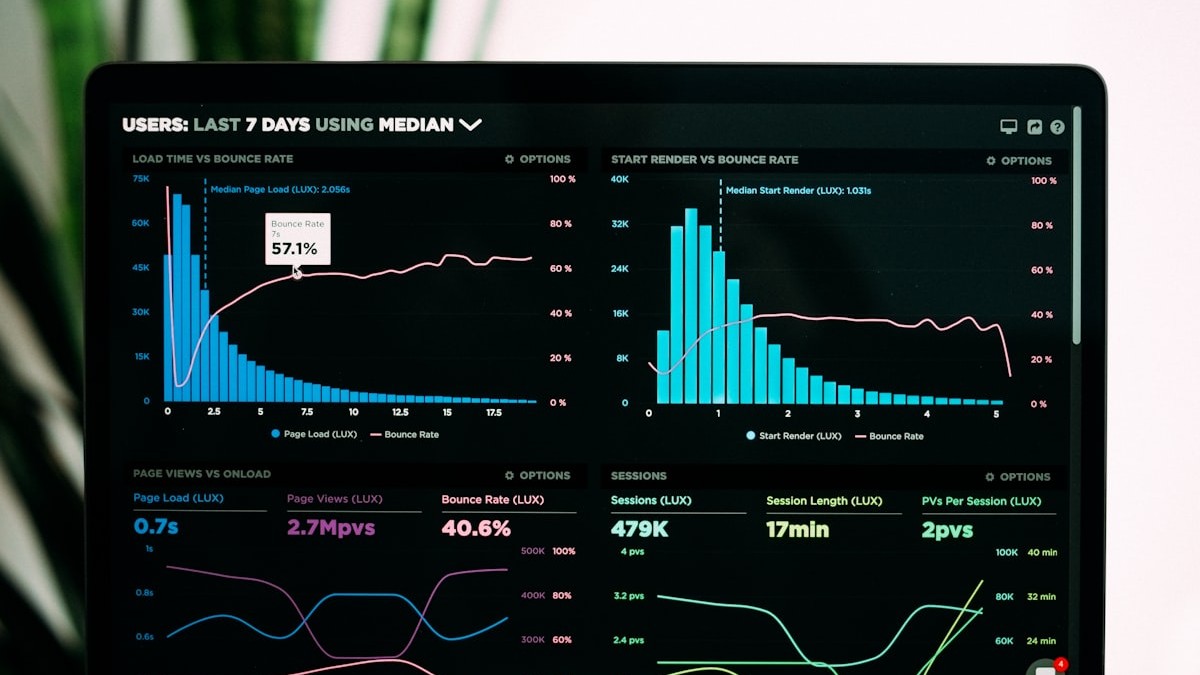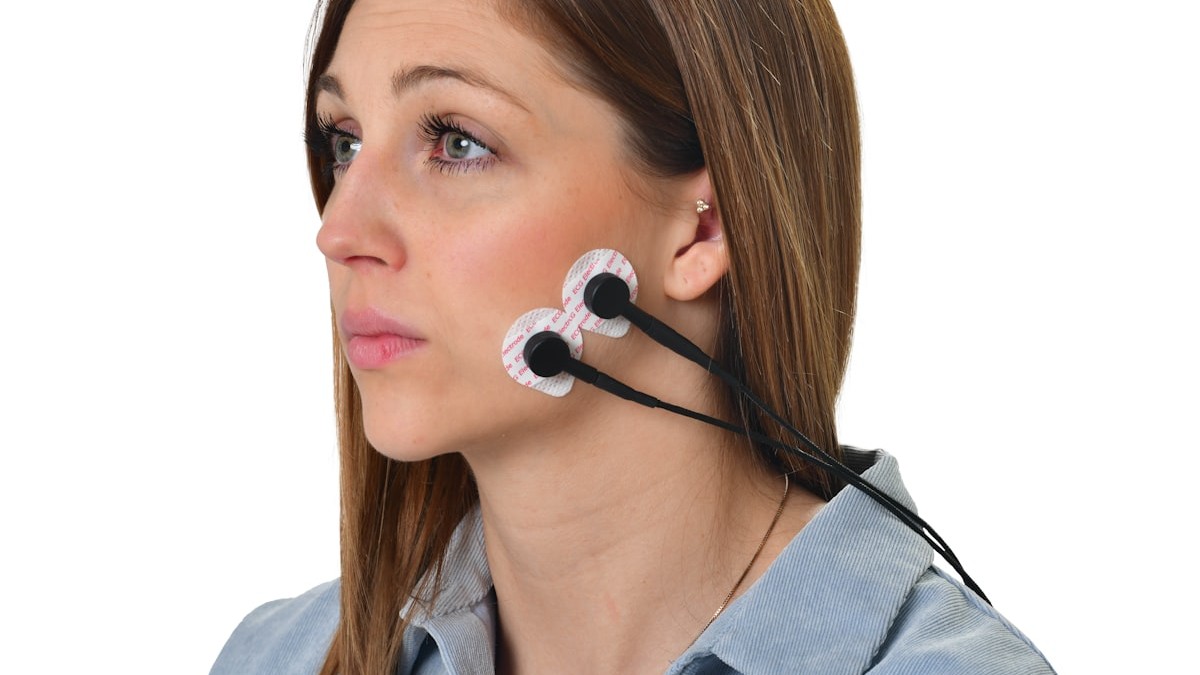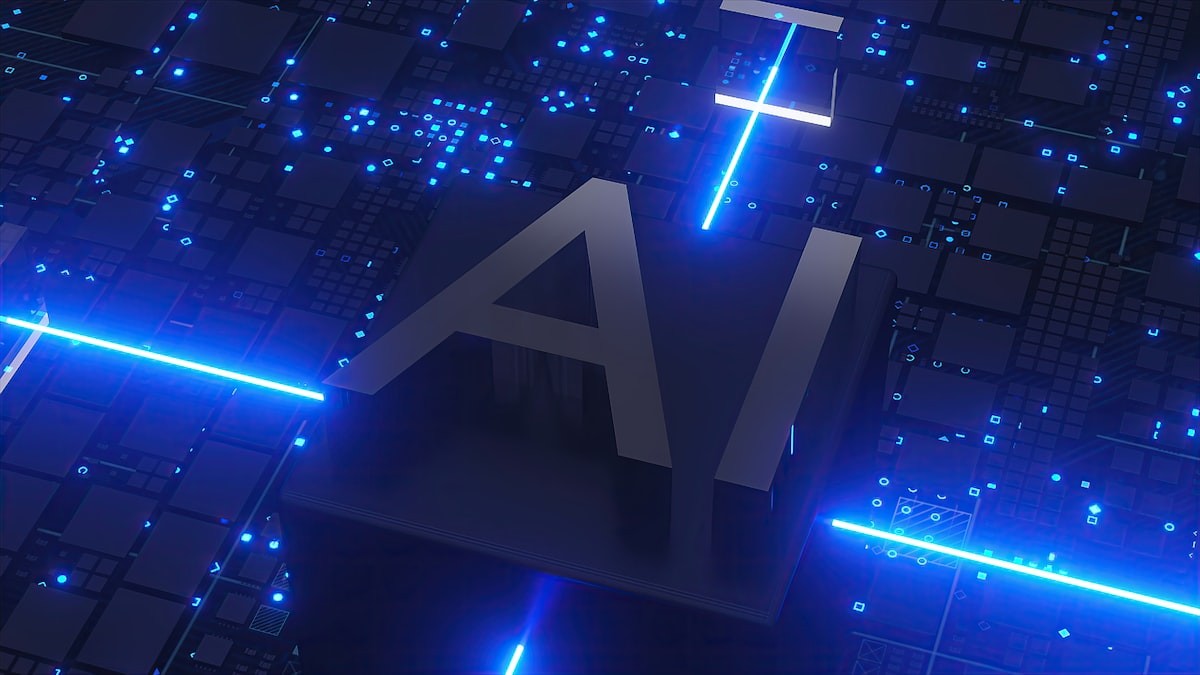AI-Powered Design Tools: Revolutionizing Creative Workflows
The design world is undergoing a seismic shift, driven by the emergence of AI-powered design tools. These innovative platforms are not just automating tasks; they're augmenting creativity, empowering designers to explore new possibilities, and dramatically accelerating workflows. From generating initial concepts to refining intricate details, AI is becoming an indispensable ally for both seasoned professionals and aspiring enthusiasts. This comprehensive guide delves into the practical applications, current trends, and future potential of AI in design, providing you with the knowledge to harness its power effectively.
1. Understanding the Rise of AI in Design
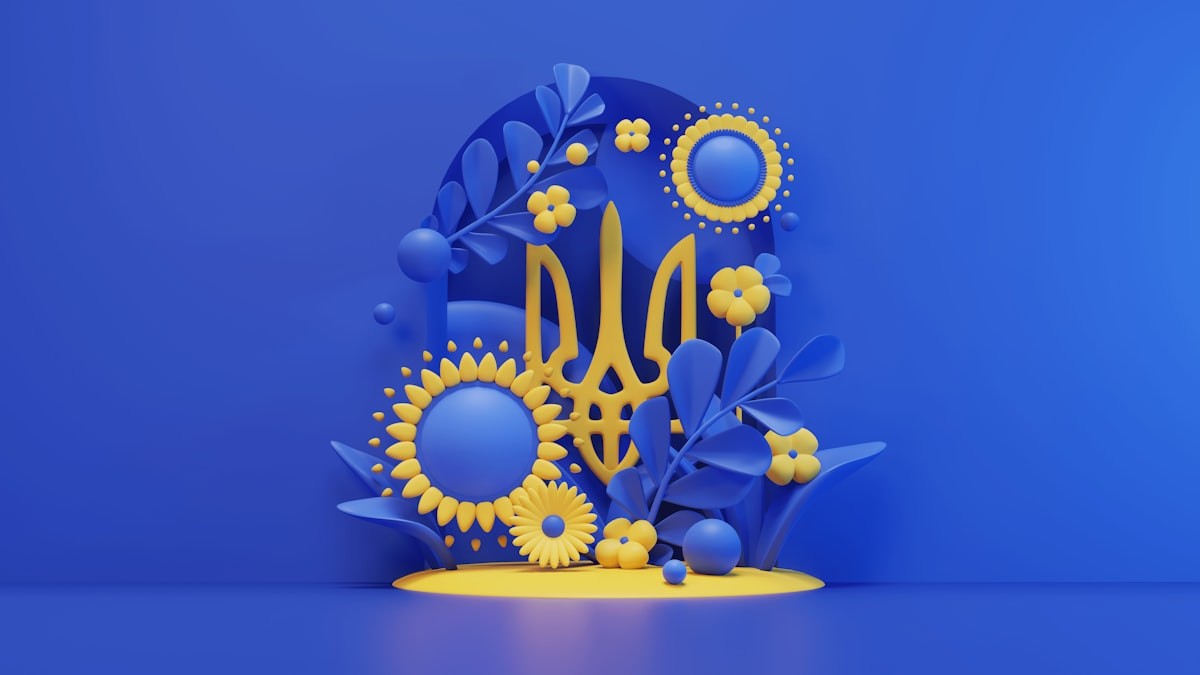
a cartoon of a cartoon character
1.1 What are AI-Powered Design Tools?
AI-powered design tools leverage artificial intelligence, including machine learning and deep learning, to assist with various design tasks. They can analyze data, recognize patterns, generate content, and provide intelligent suggestions, ultimately streamlining the design process. These tools move beyond traditional software limitations, offering dynamic and adaptive solutions.
1.2 Key Benefits of Using AI in Design
- Increased Efficiency: Automate repetitive tasks, freeing up designers to focus on more strategic and creative aspects.
- Enhanced Creativity: Explore novel design options and generate ideas that might not have been considered otherwise.
- Improved Accuracy: Reduce errors and ensure consistency across designs.
- Faster Prototyping: Quickly create and iterate on prototypes, accelerating the design cycle.
- Personalized Experiences: Tailor designs to individual user preferences and behaviors.
- Accessibility: Democratize design, making it easier for non-designers to create professional-looking visuals.
1.3 Addressing Concerns: AI as a Partner, Not a Replacement
It's crucial to understand that AI-powered design tools are not intended to replace human designers. Instead, they serve as powerful partners, augmenting human skills and enhancing creative capabilities. The best results are achieved when designers leverage AI to amplify their own expertise and vision. This collaborative approach allows designers to focus on higher-level strategic thinking, problem-solving, and emotional connection with the audience.
2. AI-Powered Graphic Design Tools
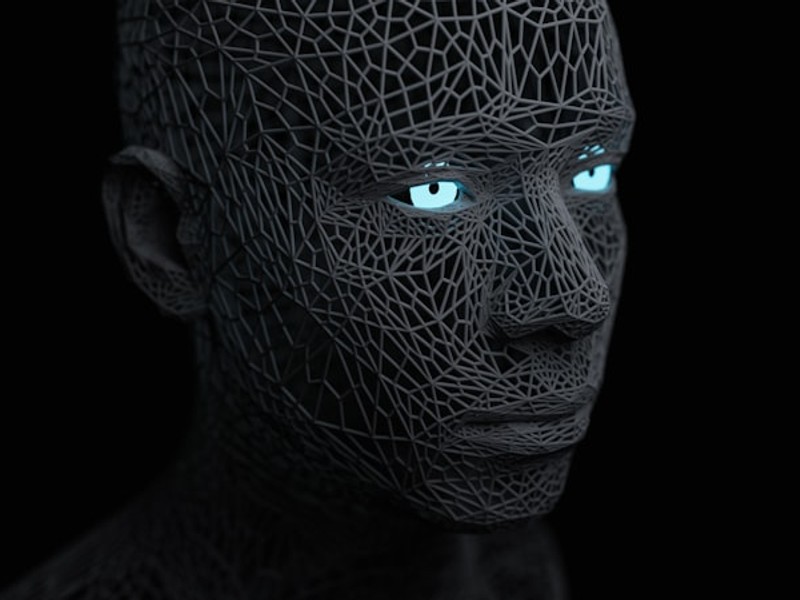
a man with blue eyes and a black background
Graphic design is one area where AI is making significant inroads. These tools offer a range of capabilities, from logo generation to image editing and layout design.
2.1 Logo Generation and Branding
Tools like Looka and Tailor Brands use AI algorithms to generate logo designs based on user input, such as industry, brand values, and preferred aesthetics. They offer a quick and cost-effective way to create initial branding concepts. They often provide brand guidelines, color palettes, and font suggestions to create a complete brand identity.
2.2 Image Editing and Enhancement
- Removing Backgrounds: Tools like Remove.bg use AI to automatically remove backgrounds from images with remarkable accuracy.
- Upscaling Images: Let's Enhance uses AI to upscale low-resolution images without losing quality, making them suitable for print or high-resolution displays. This is particularly useful for restoring older images or improving the quality of stock photos.
- Object Removal: Adobe Photoshop's Content-Aware Fill, powered by Adobe Sensei, can intelligently remove unwanted objects from images, seamlessly filling in the gaps.
2.3 AI-Assisted Layout Design
Canva, a popular design platform, incorporates AI features to assist with layout design. It can suggest optimal layouts, recommend color palettes, and provide font pairings, making it easier for users to create visually appealing designs. Other tools like Simplified offer similar AI-powered layout assistance.
3. AI in Web Design and Development
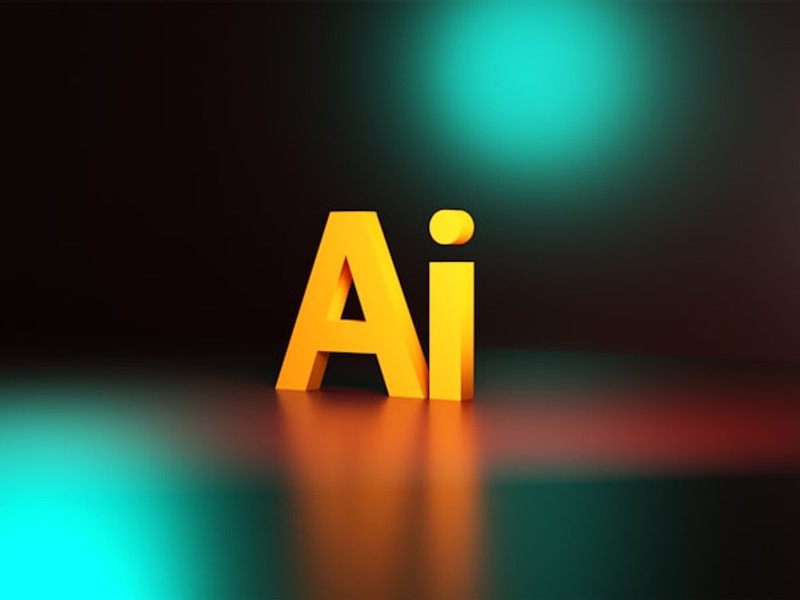
a yellow letter sitting on top of a black floor
AI is revolutionizing web design and development, offering solutions for everything from website building to content creation and user experience optimization.
3.1 AI Website Builders
Platforms like Wix ADI (Artificial Design Intelligence) and Jimdo use AI to generate websites based on user input. They ask questions about your business, target audience, and design preferences, then automatically create a website layout with relevant content and images. These tools are ideal for businesses that need a website quickly and easily.
3.2 Code Generation and Automation
AI-powered code generation tools can automate repetitive coding tasks, saving developers time and effort. Tools like GitHub Copilot use AI to suggest code snippets and even entire functions based on context, significantly accelerating the development process. Tabnine is another popular AI code completion tool.
3.3 AI-Driven User Experience (UX) Optimization
AI can analyze user behavior data to identify areas for UX improvement. Tools like Dynamic Yield and Optimizely use AI to personalize website content and experiences based on individual user preferences, leading to increased engagement and conversion rates. Heatmaps generated by AI can highlight areas of user interaction, allowing designers to optimize layouts for better usability.
4. AI-Powered UI/UX Design Tools
UI/UX designers are increasingly leveraging AI to create more intuitive and user-friendly interfaces.
4.1 AI-Assisted Wireframing and Prototyping
Tools like Uizard use AI to automatically generate wireframes and prototypes from hand-drawn sketches or existing designs. This speeds up the initial design phase, allowing designers to quickly test different concepts and gather feedback. TeleportHQ is another tool that uses AI to convert designs into clean, production-ready code.
4.2 User Research and Analysis
AI can analyze user feedback data from surveys, reviews, and social media to identify pain points and areas for improvement. This data-driven approach helps designers make informed decisions about UI/UX design, leading to more user-centric products.
4.3 Accessibility Enhancement
AI can help ensure that designs are accessible to users with disabilities. Tools can automatically check for accessibility issues, such as insufficient color contrast or missing alt text, and provide recommendations for improvement. This helps designers create more inclusive and user-friendly experiences.
5. AI for 3D Modeling and Animation
AI is also making waves in the world of 3D modeling and animation, offering new possibilities for creating realistic and immersive experiences.
5.1 AI-Generated 3D Models
Tools are emerging that can generate 3D models from text descriptions or 2D images. These tools can significantly speed up the 3D modeling process, allowing designers to create complex models with less manual effort. NVIDIA GET3D is an example of AI generating 3D shapes.
5.2 Motion Capture and Animation
AI-powered motion capture tools can track human movement and translate it into realistic animations. This is particularly useful for creating animations for games, films, and virtual reality experiences. DeepMotion provides AI-powered motion capture solutions.
5.3 AI-Driven Texturing and Shading
AI can automate the process of texturing and shading 3D models, creating realistic and visually appealing surfaces. This saves designers time and effort, allowing them to focus on other aspects of the design process.
6. Text-to-Image and Image-to-Image AI Tools
These tools are perhaps the most talked about in the AI design space, offering incredible creative possibilities.
6.1 Text-to-Image Generation
Tools like DALL-E 2, Midjourney, and Stable Diffusion allow users to generate images from text prompts. These tools can create anything from photorealistic images to abstract artwork, opening up new avenues for creative expression. They are invaluable for concept art, illustration, and generating unique visual content.
6.2 Image-to-Image Transformation
These tools allow users to transform existing images using AI. For example, you can change the style of an image, add details, or create variations based on a source image. This is useful for creating different versions of a design or exploring new artistic styles. RunwayML offers a suite of image-to-image tools.
6.3 Ethical Considerations
It's important to be aware of the ethical considerations surrounding AI-generated content. This includes issues such as copyright, bias, and the potential for misuse. Designers should use these tools responsibly and ethically, ensuring that they are not infringing on the rights of others or creating harmful content. Watermarking AI-generated images is becoming increasingly important.
7. The Future of AI-Powered Design
The future of design is inextricably linked to AI. As AI technology continues to evolve, we can expect to see even more sophisticated and powerful design tools emerge.
7.1 Increased Automation and Personalization
AI will continue to automate repetitive tasks and personalize design experiences. We can expect to see more tools that can automatically generate designs based on user preferences and behaviors.
7.2 Enhanced Collaboration Between Humans and AI
The collaboration between human designers and AI will become even more seamless and intuitive. AI will act as a true partner, providing intelligent suggestions and insights to help designers create better designs.
7.3 AI-Driven Design Education
AI will play a role in design education, providing personalized learning experiences and helping students develop the skills they need to succeed in the future. AI tutors could provide customized feedback and guidance, accelerating the learning process.
8. Choosing the Right AI-Powered Design Tools
With so many AI-powered design tools available, it can be challenging to choose the right ones for your needs. Here are some factors to consider:
- Your specific design needs: What tasks do you need help with?
- Your budget: How much are you willing to spend on AI-powered design tools?
- Your skill level: Are you a beginner or an experienced designer?
- The tool's features and capabilities: Does the tool offer the features you need?
- The tool's ease of use: Is the tool easy to learn and use?
- The tool's integration with other tools: Does the tool integrate with your existing design workflow?
By carefully considering these factors, you can choose the AI-powered design tools that are best suited for your needs and help you unlock your creative potential.
In conclusion, AI-powered design tools are revolutionizing the creative landscape, offering designers unprecedented opportunities to enhance their workflows, explore new possibilities, and create innovative designs. Embracing these tools is crucial for staying ahead in the rapidly evolving design industry. Ready to explore the future of design? Start experimenting with AI-powered tools today and unlock your creative potential! Explore free trials and demos to discover the best fit for your needs.
FAQ: AI-Powered Design Tools
Q1: Are AI design tools going to replace human designers?
No, AI design tools are designed to augment and enhance human creativity, not replace it. They automate repetitive tasks and provide inspiration, but the strategic thinking and emotional connection still require human input.
Q2: What are the best AI-powered design tools for beginners?
Canva, Simplified, and Wix ADI are great options for beginners due to their user-friendly interfaces and AI-assisted features.
Q3: How can AI help improve the user experience (UX) of a website?
AI can analyze user behavior, personalize content, and identify areas for improvement, leading to a more intuitive and engaging user experience.
Q4: Are there any ethical concerns associated with using AI in design?
Yes, ethical concerns include copyright issues, bias in algorithms, and the potential for misuse. It's important to use AI tools responsibly and ethically.
Q5: What skills should designers focus on to stay relevant in the age of AI?
Designers should focus on developing strategic thinking, problem-solving, emotional intelligence, and the ability to effectively collaborate with AI tools.
